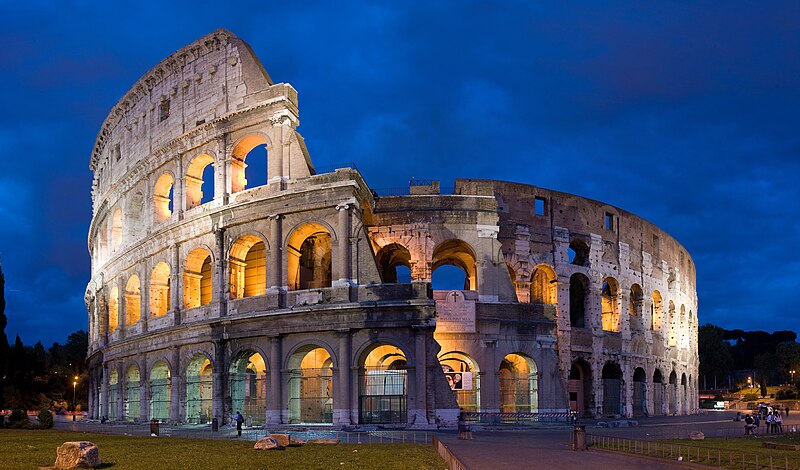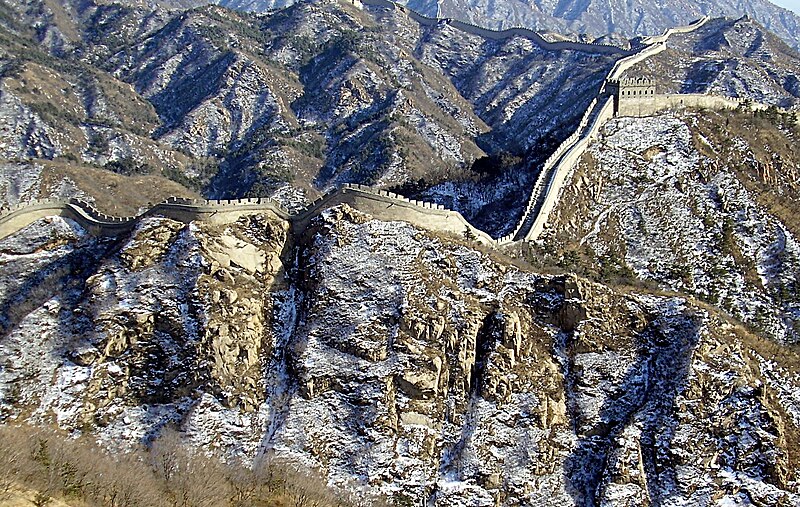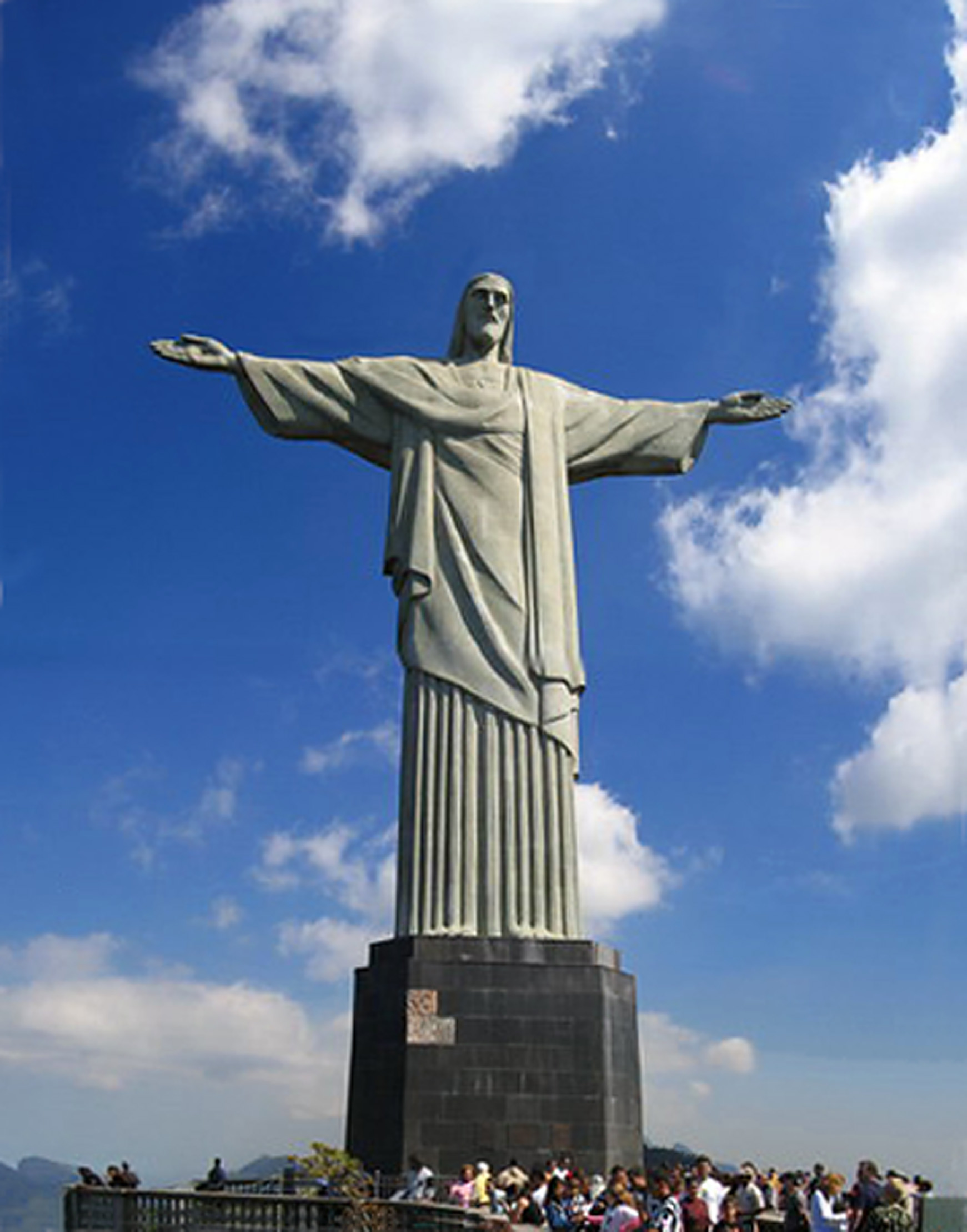Friday, July 20, 2007
Wednesday, July 18, 2007
Mobile Core 2 Extreme's over the counter... Mobile Quad Core is coming!
It is called the Intel Core 2 Extreme. It simply means the extreme version of current Merom core 2 duo. Meaning u can save the battery life while shooting off the cyborg alien in Quake 4. No longer u need to plug into the power socket for a brief game while waiting for ur mom calling for dinner nor shud feel extra heat from dedicated graphic from ATI and Nvidia. Tho its rather late for Intel to come with their own version of really competitive game graphic but it is more than welcomed. It shud be integrated with later Intel Centrino which undoubtedlly wud give extra performance and extra battery life to new upcoming line of laptops giving another head blow to AMD (which apparently still waiting for their deskstop quad core launch). Frankly, I dare say no matter how powerful the Extreme chip is, I wud say it is still not a match with Nvidia graphic. Nonetheless, kudos Intel..
Intel also speculated that the Mobile version of their Quad Core (2+2= 4 times performance) will also be available during Q2 next year.. Duhhhs!
Here's some description of Intel product ranging from Core 2 Duo to Quad Core
Thursday, July 12, 2007
The New 7 Wonders of The World

I don't really admire the Wonders that much but what amazed me was the selection. It was made entirely on people' votes. More than 100 mil (that is more than the population of Malaysia + Thailand + Singapore + Brunei) votes were casted for the result by Swiss-based New Open World Orgnization (NOWC). NOWC is a private org, no any governmental companies related to it in establishing the list not even UNESCO
(United Nations Educational, Scientific and Cultural Organization).
Lot complaints have been thrown towards the vote casting. Egyptians dont want their Giza pyramid to be on the list. According to them, the Pyramid is the only Wonder of the World. Be reminded its called NEW 7 Wonders of The World instead of just 7 Wonders of The World. The latter is still used today and coming days. It is considered under UNESCO Heritage Site.
The list is made abiding to these criteria:
1. Man made
2. Completed before year 2000
3. Still in a good state
Below are the quick gists of the Wonders which I took from wiki:
Honorary Candidate: PYRAMID OF GIZA (Egypt)
Pyramid of Giza is the honorary candidate in the new
1. CHICHEN ITZA (Mexico)
Chichen Itza "At the mouth of the well of the Itza" is a large pre-Columbian archaeological site built by the Maya civilization located in the northern center of the Yucatán Peninsula, present-day Mexico.
Chichen Itza was a major regional center in the northern Maya lowlands from the Late Classic through the Terminal Classic and into the early portion of the Early Postclassic period. The site exhibits a multitude of architectural styles, from what is called “Mexicanized” and reminiscent of styles seen in central Mexico to the Puuc style found among the Puuc Maya of the northern lowlands. The presence of central Mexican styles was once thought to have been representative of direct migration or even conquest from central Mexico, but most contemporary interpretations view the presence of these non-Maya styles more as the result of cultural diffusion.
Archaeological data, such as evidence of burning at a number of important structures

and architectural complexes, suggest that Chichen Itza's collapse was violent. Following the decline of Chichen Itza's hegemony, regional power in the Yucatán shifted to a new center at Mayapan.
According to the American Anthropological Association, the actual ruins of Chich'en Itza are federal property, and the site’s stewardship is maintained by Mexico’s National Institute of Anthropology and History (Instituto Nacional de Antropología e Historia, INAH). The land under the monuments, however, is privately-owned by the Barbachano family.[2]
2. TAJ MAHAL (India)
The Taj Mahal is a mausoleum located in Agra, India. The Mughal Emperor Shah Jahan commissioned it as a mausoleum for his favorite wife, Mumtaz Mahal. Construction began in 1632 and was completed in approximately 1648. Some dispute surrounds the question of who designed the Taj Mahal; it is clear a team of designers and craftsmen were responsible for the design, with Ustad Ahmad Lahauri considered the most likely candidate as the principal designer.

The Taj Mahal (sometimes called "the Taj") is generally considered the finest example of Mughal architecture, a style that combines elements of Persian, Turkish, Indian, and Islamic architectural styles. While the white domed marble mausoleum is the most familiar part of the monument, the Taj Mahal is actually an integrated complex of structures. In 1983 the Taj became a UNESCO World Heritage Site and was cited as "the jewel of Muslim art in India and one of the universally admired masterpieces of the world's heritage."
3. ROMAN COLOSSEUM
The Colosseum or Coliseum, originally the Flavian Amphitheatre, is a giant amphitheatre in the centre of the city of Rome, Italy. Originally capable of seating around 50,000 spectators, it was used for gladiatorial contests and public spectacles. It was built on a site just east of the Roman Forum, with construction starting between 70 and 72 AD under the emperor Vespasian. The amphitheatre, the largest ever built in the Roman Empire, was completed in 80 AD under Titus, with further modifications being made during Domitian's reign.

The Colosseum remained in use for nearly 500 years with the last recorded games being held there as late as the 6th century — well after the traditional date of the fall of Rome in 476. As well as the traditional gladiatorial games, many other public spectacles were held there, such as mock sea battles, animal hunts, executions, re-enactments of famous battles, and dramas based on Classical mythology. The building eventually ceased to be used for entertainment in the early medieval era. It was later reused for such varied purposes as housing, workshops, quarters for a religious order, a fortress, a quarry and a Christian shrine.
Although it is now in a severely ruined condition due to damage caused by earthquakes and stone-robbers, the Colosseum has long been seen as an iconic symbol of Imperial Rome and is one of the finest surviving examples of Roman architecture. It is one of modern Rome's most popular tourist attractions and still has close connections with the Roman Catholic Church and the Pope leads a torchlit "Way of the Cross" procession to the amphitheatre each Good Friday.
4.PETRA (Jordan)
Petra (from πέτρα "petra," rock in Greek; Arabic: البتراء, Al-Butrā)
5.MACHU PICCHU (Peru)
Machu Picchu (The Lost City) is a pre-Columbian city created by the Inca Empire. It is located at 2,430 m (7,970 ft) on a mountain ridge. Machu Picchu is located above the Urubamba Valley in Peru, about 70 km (44 mi) northwest of Cusco.
 Forgotten for centuries by the outside world, although not by locals, it was brought back to international attention by archaeologist Hiram Bingham in 1911, who made the first scientific confirmation of the site and wrote a best-selling work about it. Peru is pursuing legal efforts to retrieve thousands of artifacts that Bingham removed from the site. Machu Picchu is probably the most familiar symbol of the Inca Empire. Often referred to as "The Lost City of the Incas". The site was designated as a World Heritage Site in 1983 when it was described as "and absolute masterpiece of architecture and a unique testimony to the Inca civilisation".
Forgotten for centuries by the outside world, although not by locals, it was brought back to international attention by archaeologist Hiram Bingham in 1911, who made the first scientific confirmation of the site and wrote a best-selling work about it. Peru is pursuing legal efforts to retrieve thousands of artifacts that Bingham removed from the site. Machu Picchu is probably the most familiar symbol of the Inca Empire. Often referred to as "The Lost City of the Incas". The site was designated as a World Heritage Site in 1983 when it was described as "and absolute masterpiece of architecture and a unique testimony to the Inca civilisation".6. GREAT WALL (China)
The Great Wall (Chinese call it as "Long Wall") is a series of stone and earthen fortifications in China, built, rebuilt, and maintained between the 5th century BC and the 16th century to protect the northern borders of the Chinese Empire during the rule of successive dynasties. Several walls, referred to
 as the Great Wall of China, were built since the 5th century BC, the most famous being the one built between 220 BC and 200 BC by the first Emperor of China, Qin Shi Huang. That wall was much farther north than the current wall, built during the Ming Dynasty, and little of it remains.
as the Great Wall of China, were built since the 5th century BC, the most famous being the one built between 220 BC and 200 BC by the first Emperor of China, Qin Shi Huang. That wall was much farther north than the current wall, built during the Ming Dynasty, and little of it remains.The Great Wall is the world's longest human-made structure, stretching over approximately 6,400 km (4,000 miles) from Shanhai Pass in the east to Lop Nur in the west, along an arc that roughly delineates the southern edge of Inner Mongolia. It is also the largest human-made structure ever built in terms of surface area and mass.
7. THE STATUE OF CHRIST THE REDEEMER (Brazil)
 Christ the Redeemer (Portuguese: Cristo Redentor), is a statue of Jesus Christ in Rio de Janeiro, Brazil. The statue stands 39.6 metres (130 feet) tall, weighs 700 tons and is located at the peak of the 700-m (2296-foot) Corcovado mountain in the Tijuca Forest National Park overlooking the city.
Christ the Redeemer (Portuguese: Cristo Redentor), is a statue of Jesus Christ in Rio de Janeiro, Brazil. The statue stands 39.6 metres (130 feet) tall, weighs 700 tons and is located at the peak of the 700-m (2296-foot) Corcovado mountain in the Tijuca Forest National Park overlooking the city.A symbol of Christianity, the statue has become an icon of Rio and Brazil.
Iphone is coming to Malaysia!...... in 2 years time.
Wednesday, July 11, 2007
Mac or PC?
Microsoft Surface
If u know what the title means, then u know what I'm gonna write about. I glanced through lowyat.net couple of weeks ago for electronic news as usually. 1 thing that really grabbed my eyes. It was the table computer by microsoft. The table is made possible by the future vision of the founder of microsoft, none other than Bill Gates. It is expected to be released on November this year to of course large scale enterprises 1st before any of end users could check their ATM balance in the wake of the coming of this machine. It sound absolutely new in everything, yeap, but if u realize the specs, they look very much the same as those found on laptops' brochure. It will initially runs on intel powerhouse Core 2 Duo, 2GB RAM, Graphics of at least 256MB, Wireless Intel ABG, Bluetooth and last but most importantly.... It runs on Vista, tho I dont think the screen look familiar with vista. No mouse, no keyboard just HANDS ON. According to Microsoft, the early capability of the Table only merely to do some simple hands stuff like viewing photos and video, map, ordering meals, transfering files from certain device like Zune, Mobile phones and Digital camera. All u have to do is to put it on the table, Voila! All the pics in the camera will literally splash out onto the table . Thence, u know what to do. Do u know the Machine design was originally an IKEA design? Personally, I would love it more if Apple's the 1 who come out with this innovation. Microsoft has a rich history of users' complaint with their products which include Vista. Plus Apple has been great in Innovation, eg Ipod and of course Iphone.
